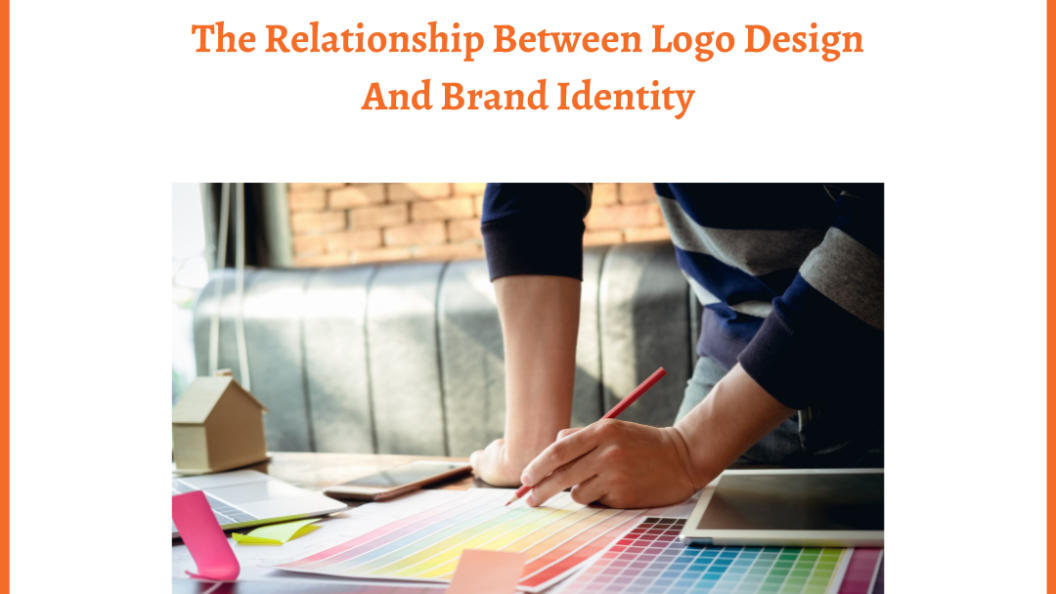When it comes to building a successful brand, there are many factors to consider, but one of the most important is logo design. Your logo is the visual representation of your brand and it plays a crucial role in creating a memorable and recognizable brand identity. In this article, we will discuss the relationship between logo design and brand identity, and how a well-designed logo can help build a strong brand.
What is a Logo?
A logo is a design or symbol that represents a brand, organization, or individual. It is a visual representation of the brand that communicates its values, personality, and essence. A logo can be in the form of a wordmark, symbol, or combination mark, and it can be simple or complex, depending on the needs of the brand.
What is Brand Identity?
Brand identity is the collection of all the elements that a brand uses to portray its image to the public. This includes the logo, typography, color palette, imagery, messaging, and tone of voice. The goal of brand identity is to create a consistent and cohesive image that reflects the brand’s values, personality, and mission.
The Relationship between Logo Design and Brand Identity:
Logo design and brand identity are closely related because the logo is the centerpiece of a brand’s identity. The logo is the first thing that people see when they encounter a brand, and it sets the tone for the rest of the brand identity.
A well-designed logo can help establish a brand’s personality, differentiate it from competitors, and make it memorable to customers. The logo is often the most recognizable aspect of a brand, and it is used on all of the brand’s marketing materials, from business cards to billboards.
However, a logo is only one component of a brand’s identity. To create a strong brand, the logo must be integrated with other elements of the brand identity, such as typography, color palette, and messaging. When all of these elements work together seamlessly, they create a cohesive and memorable brand identity that resonates with customers.
How Logo Design Contributes to Brand Identity:
Establishes Brand Personality:
A well-designed logo can help establish a brand’s personality and tone of voice. For example, a bold and modern logo communicates a brand that is innovative and forward-thinking, while a more traditional logo suggests a brand that values heritage and history. The logo is the first impression that customers have of a brand, and it sets the tone for the rest of the brand identity.
Differentiates from Competitors:
In a crowded marketplace, a well-designed logo can help a brand stand out from its competitors. A unique and memorable logo can help customers differentiate between brands and remember them more easily. A logo that is too similar to a competitor’s can lead to confusion and dilute the brand’s identity.
Builds Brand Recognition:
A logo is often the most recognizable aspect of a brand, and it plays a crucial role in building brand recognition. When customers see a brand’s logo repeatedly, they begin to associate it with the brand’s values, personality, and products or services. This association creates a strong emotional connection between the brand and its customers, and it can lead to brand loyalty and advocacy.
Supports Brand Consistency:
A well-designed logo is an essential element of a brand’s visual identity, and it supports brand consistency across all marketing materials. When a logo is used consistently on all materials, from business cards to billboards, it reinforces the brand’s identity and helps customers recognize the brand more easily. This consistency also creates a sense of professionalism and reliability, which can enhance a brand’s reputation.



Thinking of giving ace888 a go. Website looks slick, but real user reviews are always the best. Good payouts? Responsive support? Let me know! ace888
Yo, B9CasinoLogin! Checked you guys out. Site’s pretty slick, easy to navigate, and the games look fire. Hopefully the payouts are just as good, eh? Give it a whirl! b9casinologin
8qbets… The name is short and catchy! A nice selection of different betting options. Have fun with 8qbets